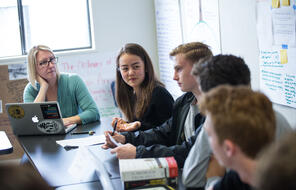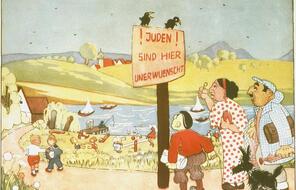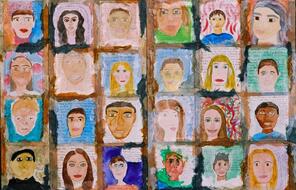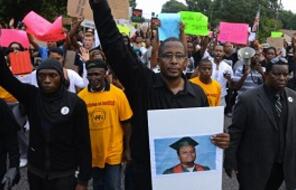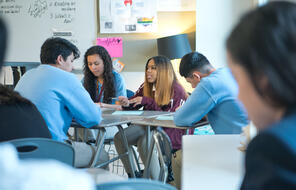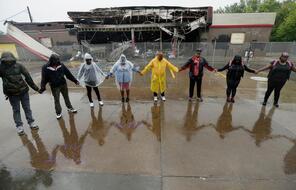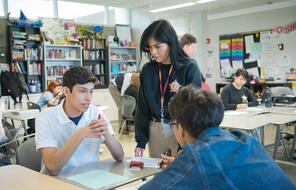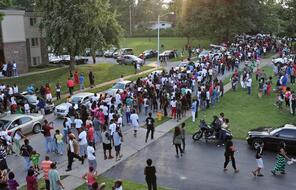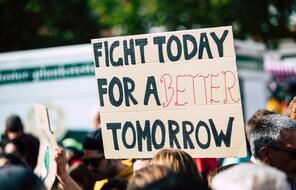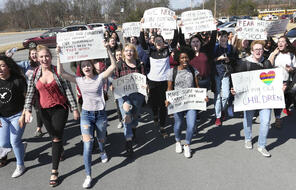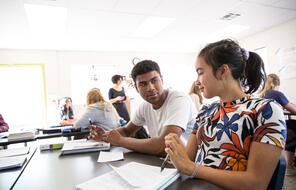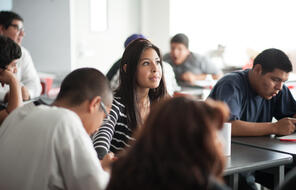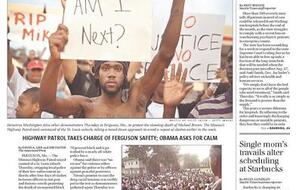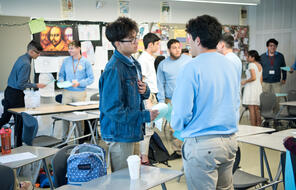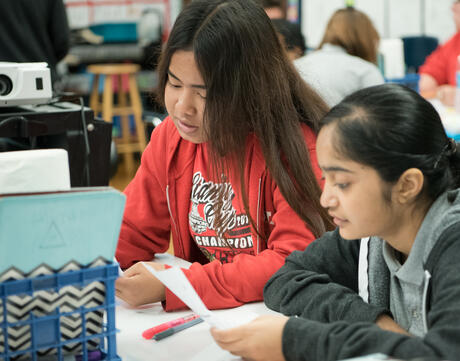
Responding to Difference in Democracy
Duration
One 50-min class periodSubject
- Civics & Citizenship
- History
Grade
8–12Language
English — USPublished
Updated
Overview
About This Lesson
Interfaith leader Eboo Patel says that differences and disagreements among people are an inevitable part of living in a diverse democracy, but they shouldn’t keep citizens from working together for the common good. In this lesson, students explore the varied ways people respond to differences by reading and reflecting on a poem. Then they listen to Patel tell the story of Ruth Messinger, a former president of the American Jewish World Service. Messinger’s experience of working in rural Oklahoma and finding allies across religious differences invites students to think about how we can better navigate religious and political tensions in democratic societies. Finally, students write a new stanza for a poem describing how they would like to respond to differences so that democracy works better today.
Preparing to Teach
Lesson Plan
Activities
Extension Activities
Materials and Downloads
Responding to Difference in Democracy
Taking Ownership of the Law
Reflection and Action for Civic Participation
Additional Resources
Unlimited Access to Learning. More Added Every Month.
Facing History & Ourselves is designed for educators who want to help students explore identity, think critically, grow emotionally, act ethically, and participate in civic life. It’s hard work, so we’ve developed some go-to professional learning opportunities to help you along the way.
Exploring ELA Text Selection with Julia Torres
On-Demand

Working for Justice, Equity and Civic Agency in Our Schools: A Conversation with Clint Smith
On-Demand

Centering Student Voices to Build Community and Agency
On-Demand


